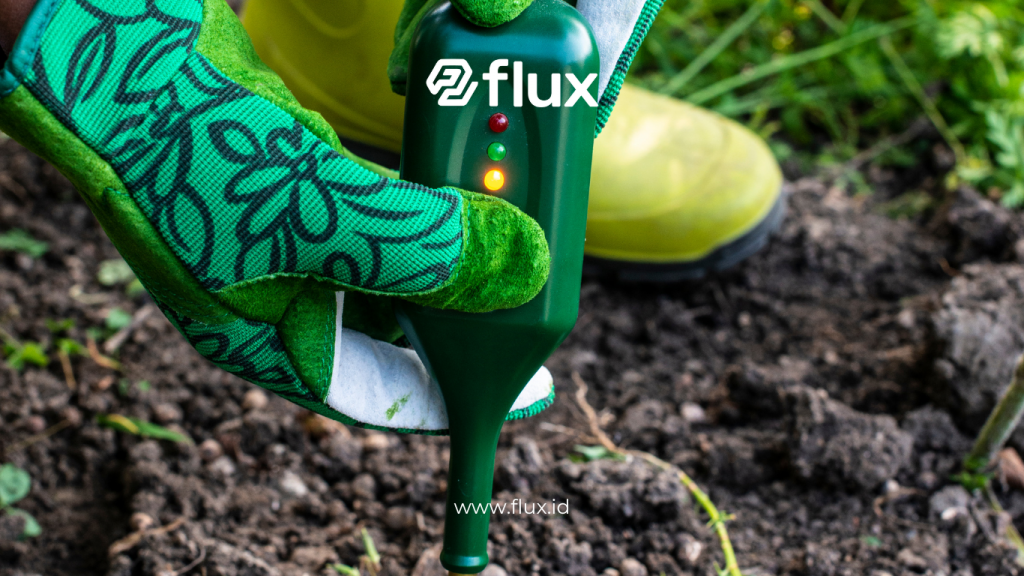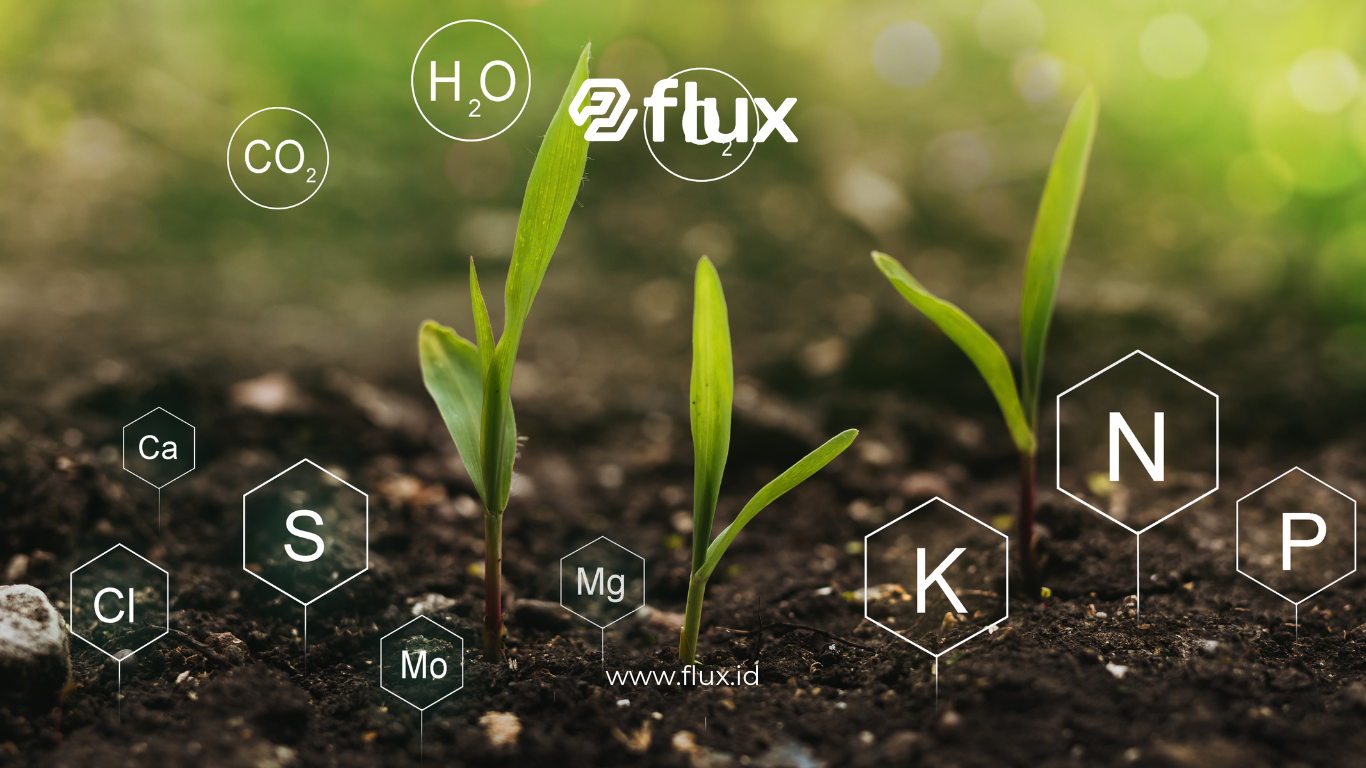Don't miss our holiday offer - 20% OFF!
In the era of modern agriculture, soil health monitoring sensors have become an essential tool for farmers looking to boost productivity and optimize resource use. With these sensors, parameters like moisture, temperature, and soil nutrients can be monitored in real-time. This article explores the benefits and workings of soil health sensors and their applications in agriculture.
Contents
- 1 1. What Are Soil Health Monitoring Sensors?
- 2 2. Benefits of Soil Health Sensors in Agriculture
- 3 3. How Soil Health Sensors Work
- 4 4. Types of Soil Health Sensors
- 5 5. Applications of Soil Health Sensors in Agriculture
- 6 6. Advantages of Using Soil Health Sensors
- 7 7. Challenges and Solutions in Implementing Soil Health Sensors
- 8 8. Tips for Effectively Using Soil Health Sensors
- 9 9. Long-Term Impact of Using Soil Health Sensors
- 10 Conclusion
1. What Are Soil Health Monitoring Sensors?

Read More: Soil Moisture Sensors: Technology and Working Principles for Accurate Drought Detection
Soil health monitoring sensors are devices capable of detecting and providing detailed data on soil conditions. They offer accurate information on soil moisture, pH, temperature, and nutrients, which is essential in determining the right timing and methods for soil treatment.
2. Benefits of Soil Health Sensors in Agriculture
Soil health sensors provide significant benefits, including:
- Optimizing Water Use: These sensors detect soil moisture, allowing irrigation to be carried out as needed.
- Soil Nutrient Management: Ensuring plants receive the right nutrients by detecting soil nutrient levels.
- Increasing Productivity: Data from sensors helps farmers make data-driven decisions to enhance crop yield.
3. How Soil Health Sensors Work

Soil health sensors function by utilizing technology such as moisture, temperature, and pH sensors. Some common types of sensors in agriculture include:
- Moisture Sensors: Measure soil moisture levels to determine water requirements.
- Soil Temperature Sensors: Monitor temperature to ensure an ideal growing environment.
- pH Sensors: Measure soil acidity to balance nutrients.
4. Types of Soil Health Sensors
Various types of sensors can be used, such as:
- Capacitive Moisture Sensors: Measure soil water levels based on soil capacitance.
- pH Electrode Sensors: Measure soil acidity through electrodes placed in the soil.
- Thermistor Temperature Sensors: Measure soil temperature, which impacts plant growth.
5. Applications of Soil Health Sensors in Agriculture

Read More: How Soil Nutrient Sensors Work: Optimizing Plant Health and Agricultural Productivity
- Large-Scale Farming: In large fields, sensors are systematically installed to monitor soil conditions across the entire farm.
- Organic Farming: Monitors soil quality to meet organic standards, such as being free of harmful chemicals.
- Urban Agriculture: Sensors assist in limited-space monitoring, such as in rooftop gardens.
6. Advantages of Using Soil Health Sensors
- Time Efficiency: Reduces the time spent on manual inspection.
- Cost Reduction: Lowers fertilizer and water usage by understanding plants’ actual needs.
- Real-Time Data: Information is obtained immediately, allowing rapid action.
7. Challenges and Solutions in Implementing Soil Health Sensors

Challenges in implementing soil health sensors include cost and maintenance. Solutions include using IoT-based systems for remote monitoring and durable sensors for field conditions.
8. Tips for Effectively Using Soil Health Sensors
- Choosing the Right Sensor: Select sensors based on needs, such as a pH sensor for nutrient management.
- Regular Calibration: Ensure sensors operate optimally by calibrating them.
- Consulting Experts: Consult experts for optimal sensor placement before installation.
9. Long-Term Impact of Using Soil Health Sensors
Using soil health sensors in the long term helps improve soil management, protect the environment by using resources efficiently, and helps predict crop yields through historical data.
Conclusion
Soil health monitoring sensors provide an efficient solution for boosting productivity and crop quality in agriculture. With this technology, farmers can manage their fields more accurately, reduce waste, and contribute to environmental sustainability. The use of these sensors will continue to expand, becoming a standard in modern agriculture to achieve optimal results.





